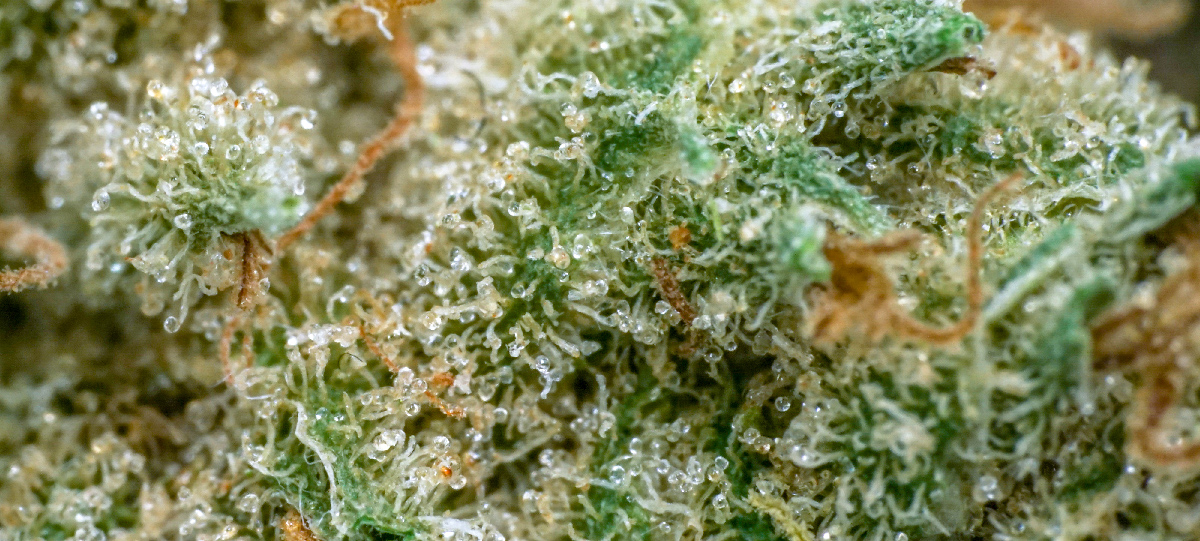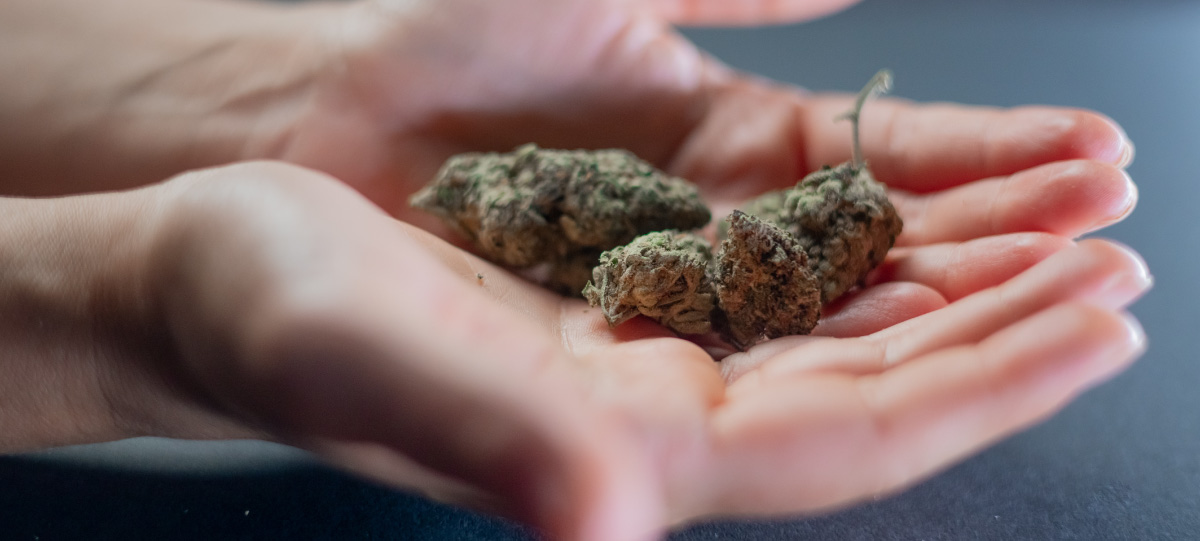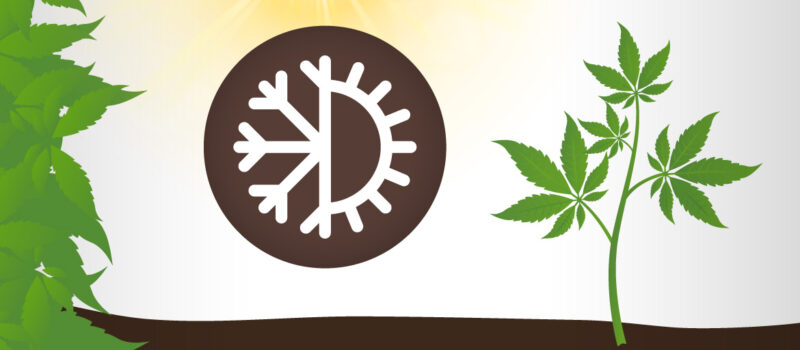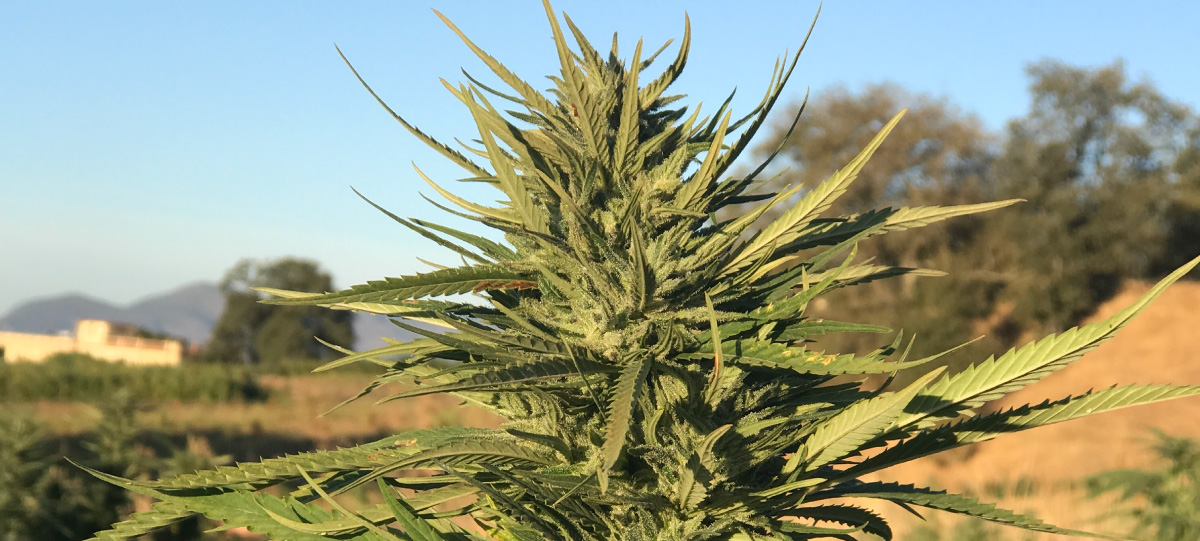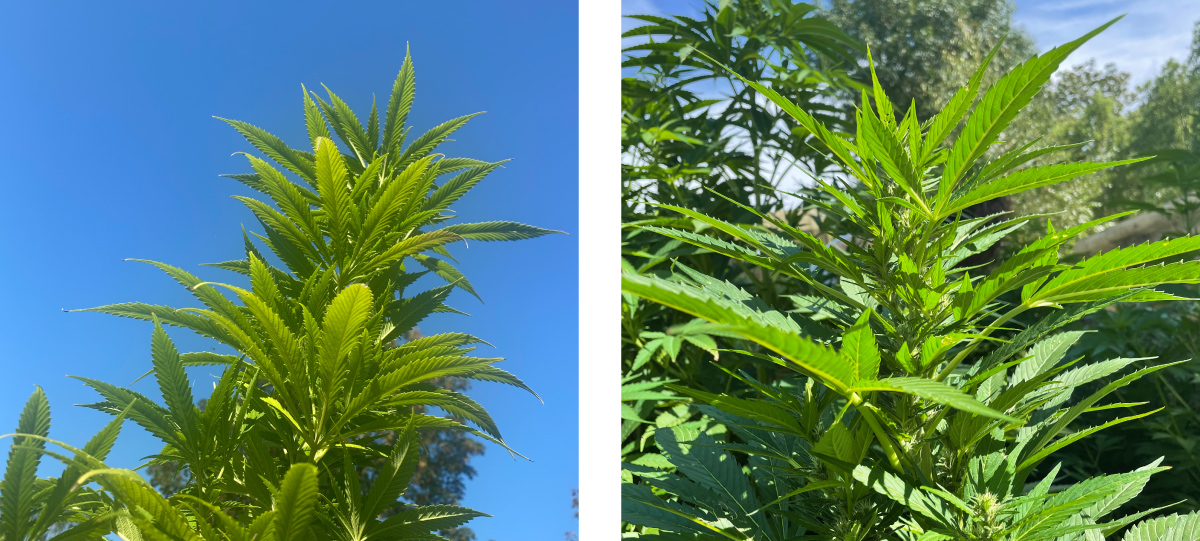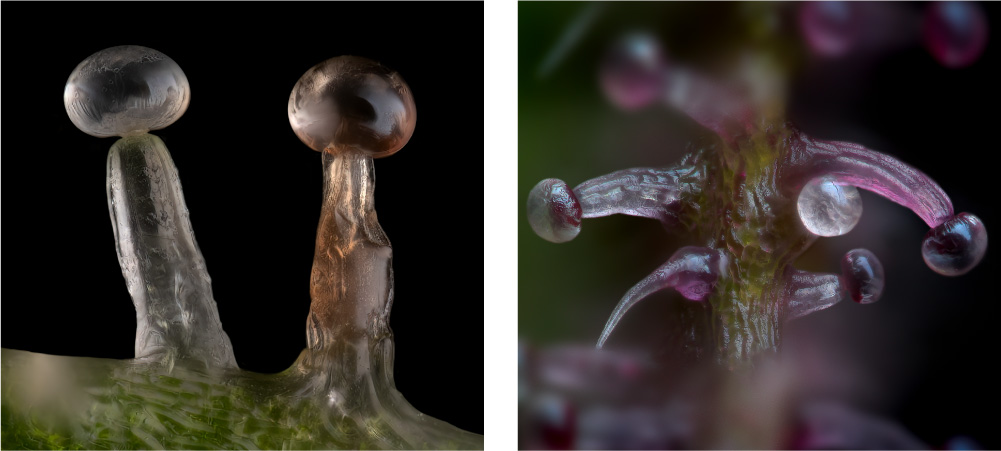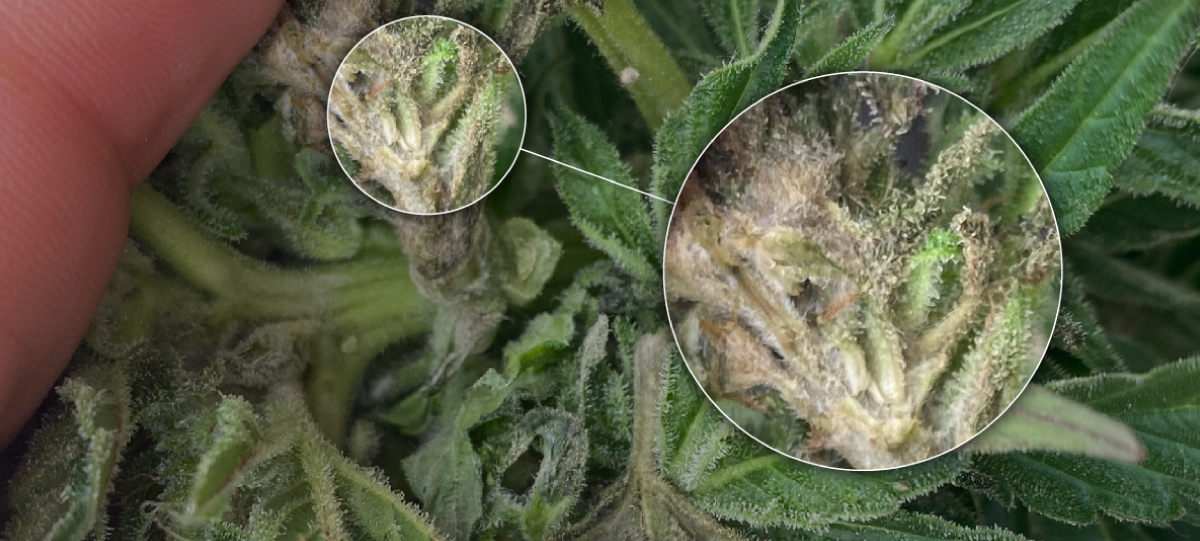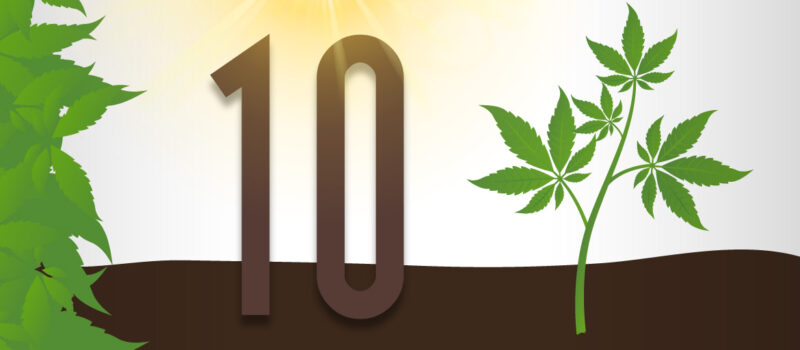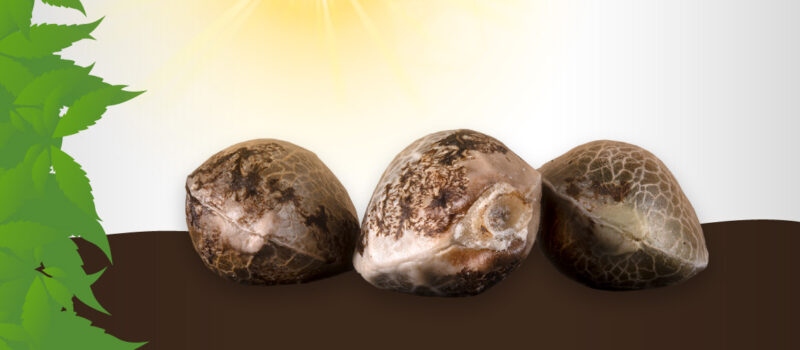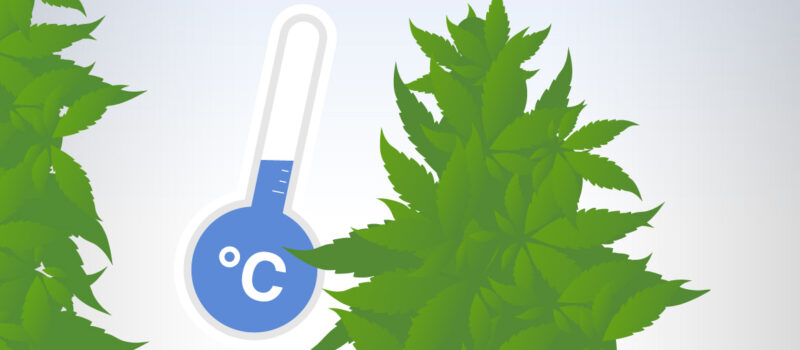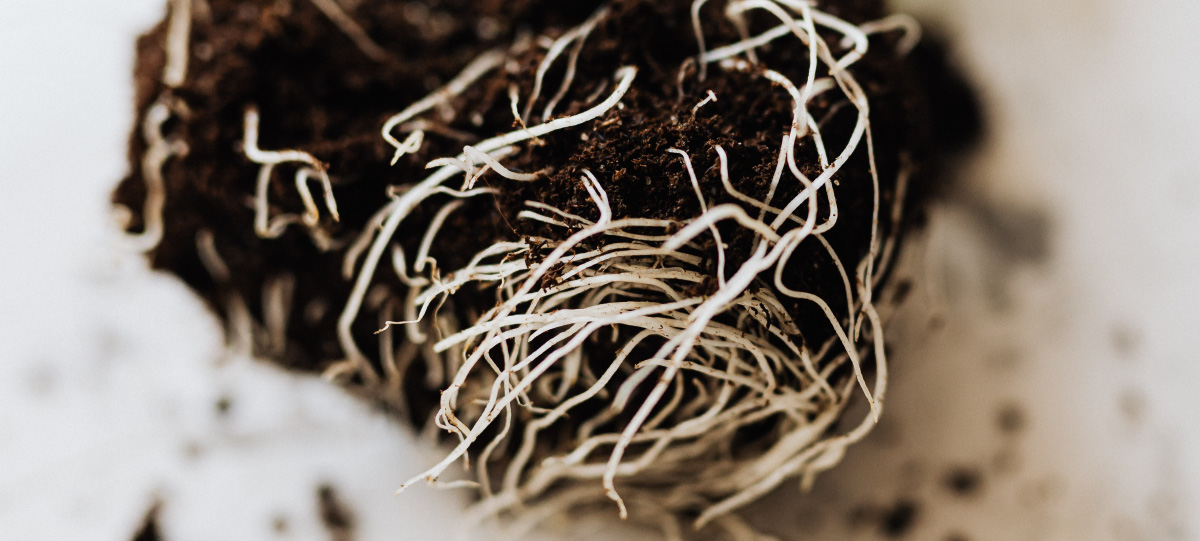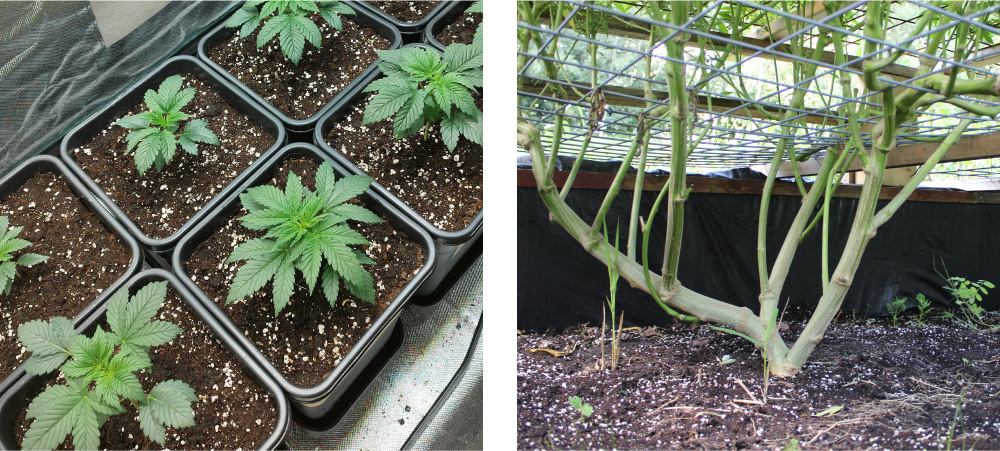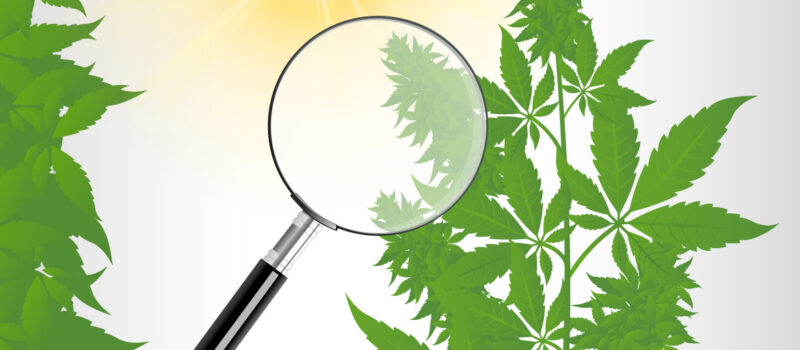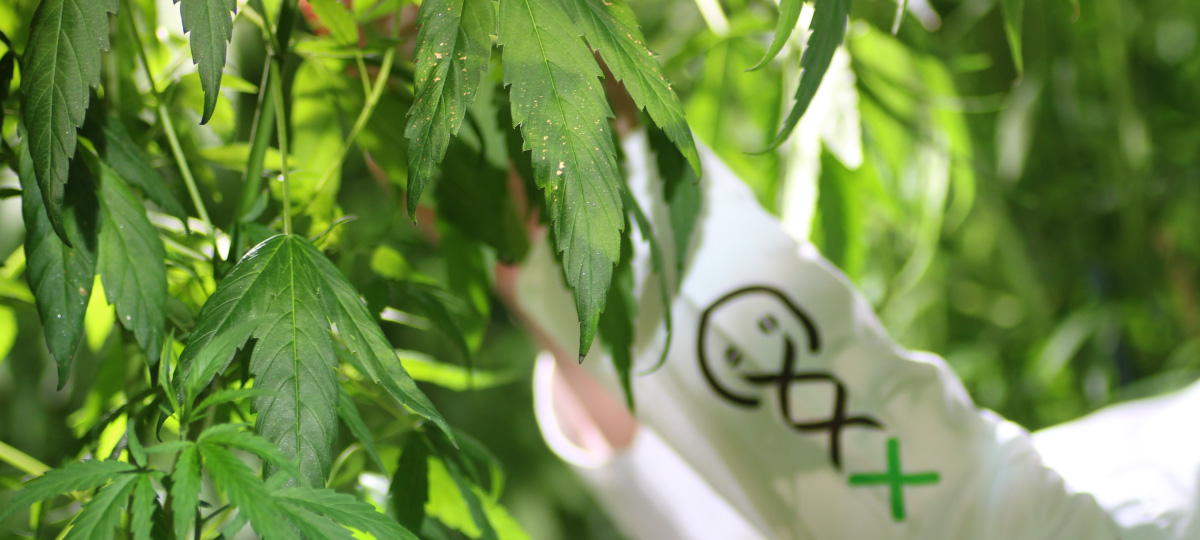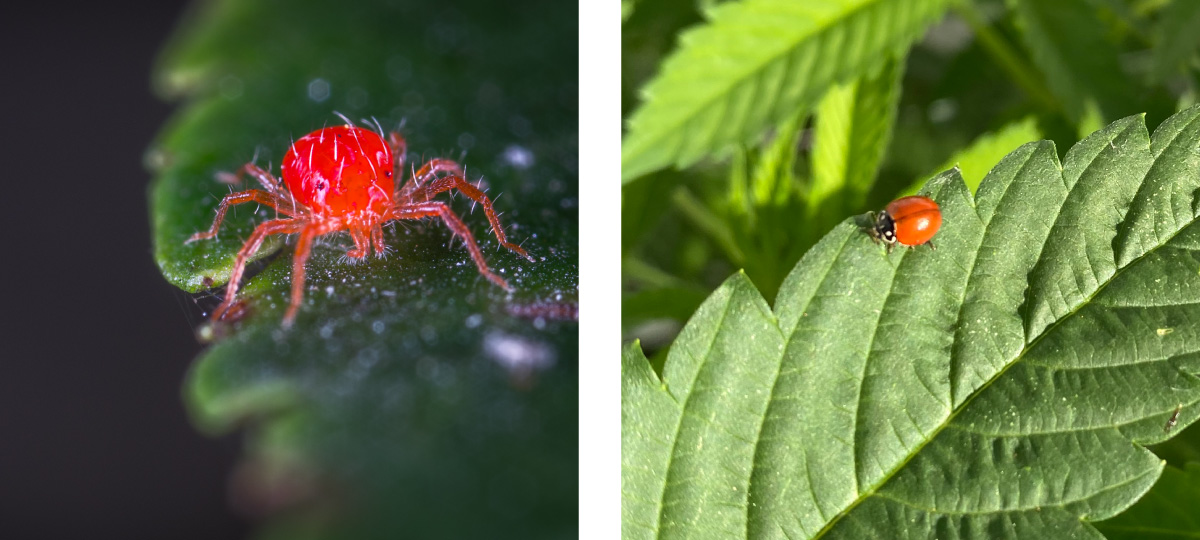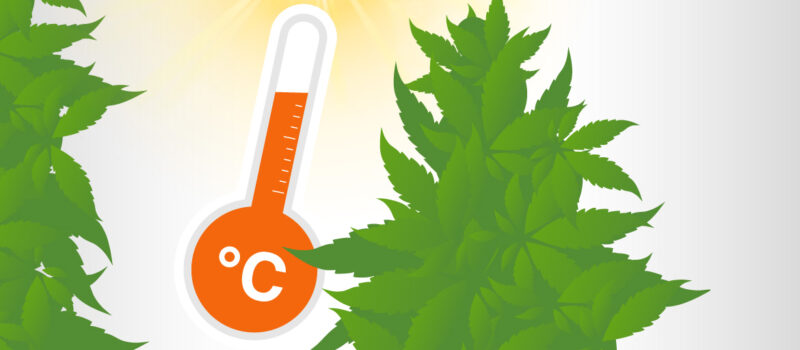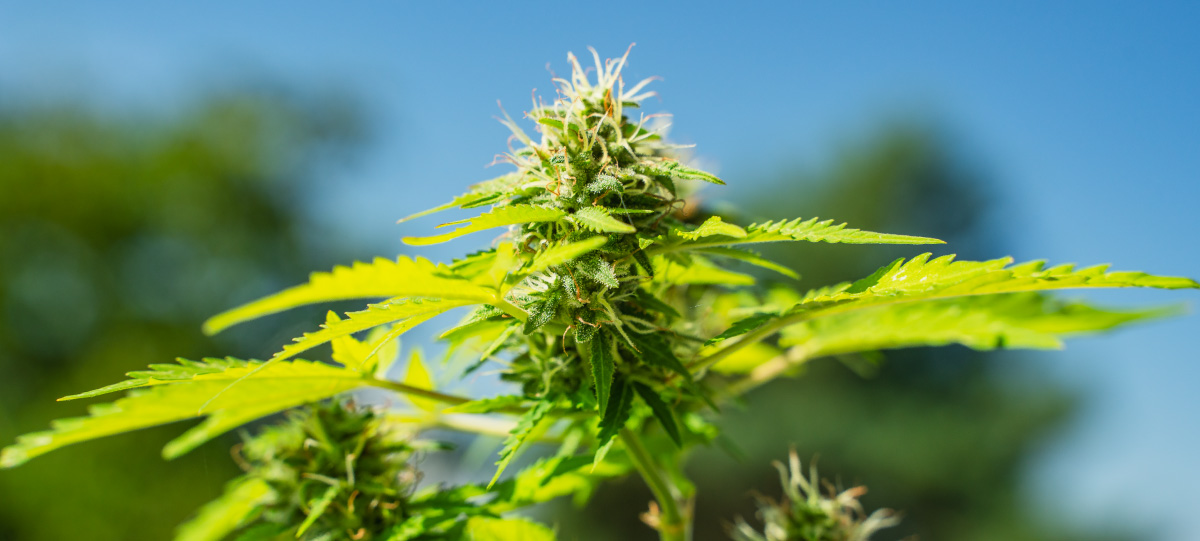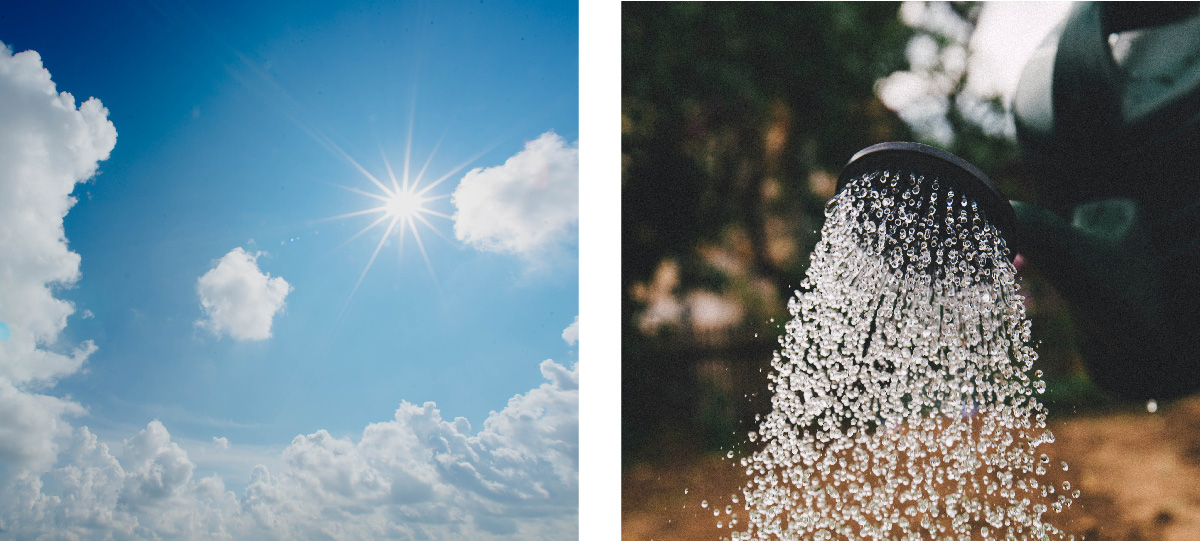It takes a successful grow and harvest to achieve the maximum aroma potency from your strain based on its genetics. However, now, it’s time for you to do your part to develop your sense of smell to appreciate the vast cannabis aroma profiles. Awareness of its smell helps with categorizing different strains, providing details of its effect, determining its freshness, and more.
Let’s explore how you can use cannabis aromas to improve your consumption experience!
Indica vs. Sativa Aromas
Knowing what scents to look for can help significantly in identifying them in your strains. Indica and sativa strains differ in more than just the kind of high they give you—they also give off different aromas. This is due to the chemical properties called terpenes, which are responsible for each strain’s unique aromas (and taste). All cannabis strains have terpenes, with approximately 200 different kinds discovered so far in the plants.
Common terpenes that you can find in Indica-dominant strains are myrcene, humulene, and caryophyllene. These strains are best characterized by heavier scents of earthy, woody, musk, and nature tones. The skunky bouquet of spicy aromas from the Blue Magic strain and the potent earthy profile in the AK-OG Kush are good examples that both deliver the intense body high noted in indica strains.
For the uplifting highs associated with sativa strains, the aromas you should be looking for are a more light, refreshing scent. Think fruity, sweet, and floral tones for the cannabis aroma profiles. These aromas come from seeds producing high amounts of limonene, terpinolene, and linalool terpenes. With these scents in mind, your nose can pick out strains with these dominating terpenes, such as with our sweet-scented Candyfloss and citrusy Lemon Haze strains.
As you develop your nose for smelling cannabis, noting these broad scent categories will provide a good starting point for determining whether a strain belongs to the sativa or indica family.
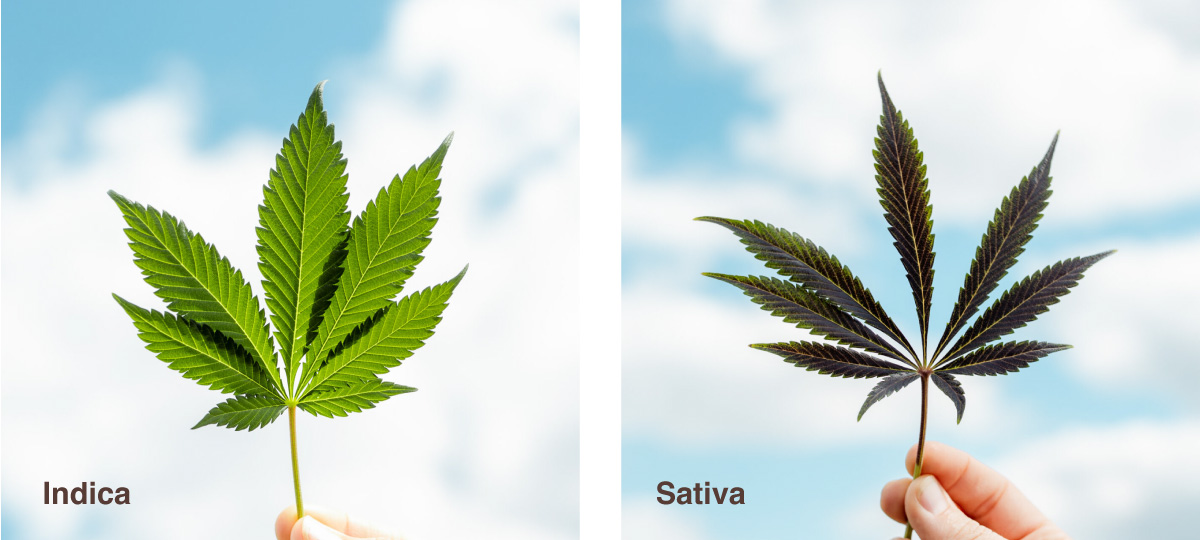
How Cannabis Aroma Profiles Can Indicate Their Effects
Not only do terpenes create different aromas in cannabis, but they also are associated with their effects. An entourage effect is a term used to describe how terpenes found in your plant interact with your body when consumed to create their unique highs. Every strain is different and can also affect each person differently. Therefore, understanding a strain’s aroma can give you an idea of the effects you’ll experience once consumed.
We’ve covered how certain scents provide details of the family of strains your plant belongs to. Additionally, certain terpenes are known for producing specific kinds of effects. For example, a high presence of the pinene terpene can lead to an uplifting high while simultaneously improving memory and concentration. If you’re seeking these effects, you should be looking for a piney aroma—think pine trees!
Caryophyllene is a terpene great for consumers who don’t like to experience the couch-lock stoned feeling after a session. This terpene specifically counteracts some of the effects of THC. If you’re an infrequent consumer or want to mellow out your high, you can determine strains high in this terpene based on an herbal or peppery scent.
On the other end of the spectrum, those looking for more of a couchlock and laidback body high should look for strains with a more earthy scent. It’s a sure sign of high levels of myrcene. It’s one of the most common terpenes in almost all strains. However, the more dominant this scent is compared to other aromas, the more relaxed you can expect to feel with it.
Developing your nose for picking out specific cannabis aroma profiles is highly beneficial when examining your strain for its effects.
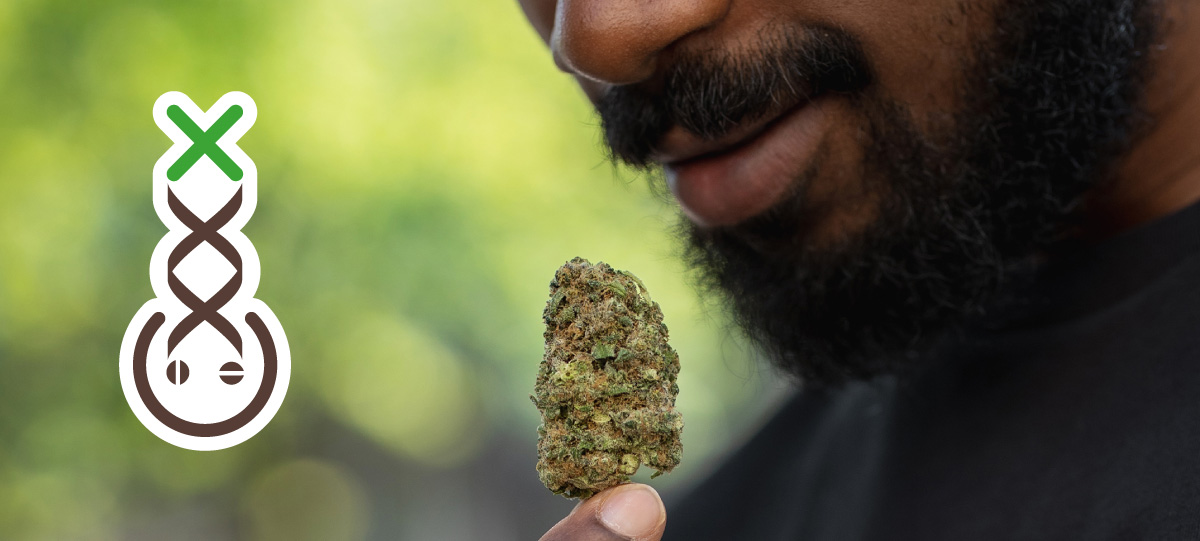
Using Aromas for Quality
The third pillar that weed aromas help determine is the freshness of your strain. From the growing process to examining your harvest, the potency of the scent is a good indication of the quality of your grow.
Your plant will start to produce the familiar weed smell within a few weeks of starting your grow. It’s a good sign to look for that your plant is developing correctly. It’s important to note that both male and female cannabis plants have a weed scent, so you won’t be able to tell the gender based on this trait. Also, as the smell becomes more potent from your plant, it’s a sign of the flowering stage.
Fresh buds will have their most potent smell once properly harvested, dried, and cured. Proper storage is recommended to preserve the aroma until you’re ready to consume them. Buds that begin to lose their smell potency are a sign that the quality is decreasing compared to when you first harvested them. This happens when the terpenes on your buds weaken—not only does the scent diminish, but also the effects caused by the terpenes.
If you find that your plant isn’t producing as potent of a smell, you can implement various techniques during and after a grow to boost the terpenes in your plant. This will improve the smell and taste of your buds.
Our premium seed genetics feature a wide variety of aromas. Experiment with different strains to train your nose to recognize different cannabis aroma profiles. A general rule of thumb is if it smells good to you, it will have favourable effects when consuming it.










